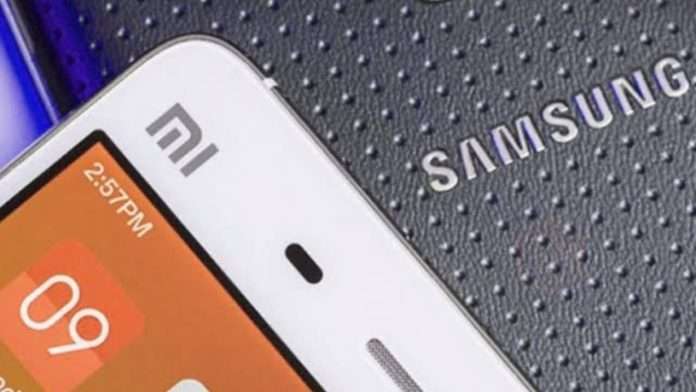Xiaomi faces a 5% decline in market share in India, with Counterpoint Research predicting a 5% drop in 2023. The Chinese tech giant faces increased scrutiny and geopolitical tensions, impacting its standing in the market. Samsung, on the other hand, has strategically positioned itself to capitalise on this shift by outperforming Xiaomi’s quarterly shipments. Samsung’s Galaxy series, including the Galaxy A series, F series, and M series, cater to the diverse Indian market, enhancing the human connection between the brand and its users. The 2020 border clash between Chinese and Indian forces and the Indian government’s actions against Chinese tech companies have placed Xiaomi on shaky ground. Samsung’s strategic vision and Xiaomi’s challenges could lead to a turning point in 2023, with Samsung capturing 18% of the market volume.
Counterpoint Research extends a significant decrease in Xiaomi’s market share, diving to 15% in 2023 — a 5-rate point decline from the earlier year. The Chinese tech giant, customarily roosted at the apex in India, is wrestling with challenges and expanded examination, impacting its standing in the market.
The challenges looked by Xiaomi go past market dynamics. Investigative agencies’ examination and the aftermath from geopolitical tensions have made a tempest. The human side of the story unfurls as Xiaomi winds up exploring strange waters, confronting business challenges as well as outer tensions.
Contrastingly, Samsung has strategically positioned itself to profit by this shift. Four successive quarters of beating Xiaomi’s quarterly shipments establish the groundwork for a possible rebound. Samsung’s comprehensive business procedure includes a diversified product lineup and a designated approach to various retail channels, adding a human touch to its corporate moves.
Samsung’s Galaxy series mirrors a nuanced understanding of the different Indian market. The Galaxy A series targets offline channels, the Galaxy F series centers around online retail through Flipkart, and the Galaxy M series is positioned on Amazon. This fitted approach takes special care of the different buyer inclinations the nation over, upgrading the human association between the brand and its clients.
The 2020 border clash among Chinese and Indian powers, combined with the Indian government’s actions against Chinese tech organizations, has put Xiaomi in dangerous territory. The human impact of these geopolitical tensions is clear in the reshuffling of smartphone market leadership, mirroring a more extensive opinion among Indian consumers.
As Samsung executes its strategic vision and Xiaomi wrestles with challenges, 2023 could be a turning point. With expectations pointing towards Samsung catching 18% of the market volume, there’s an unmistakable feeling of expectation. This isn’t just about market share; it’s about the human association that a brand lays out in the hearts and pockets of millions of Indian consumers.

